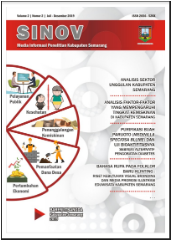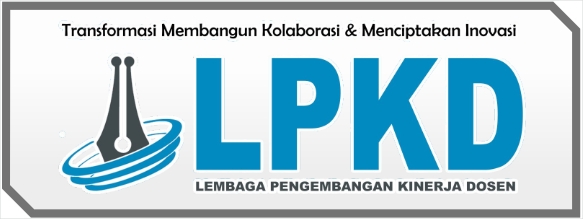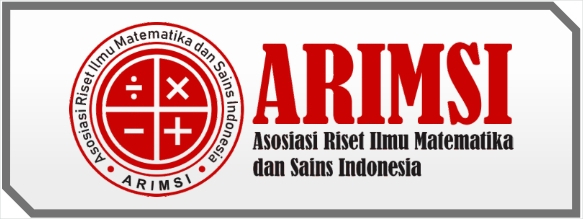Analisis Livabilitas Perkotaan dan Perdesaan di Kabupaten Semarang
DOI:
https://doi.org/10.55606/sinov.v7i1.847Keywords:
Livability, Semarang Regency, Urban Area, Rural AreaAbstract
Urbanization has triggered major changes in the spatial system, both in urban and rural areas. Semarang Regency as a buffer zone for Semarang City is experiencing growth pressures that cause livability disparities between regions. This study aims to examine the spatial system that supports the livability of urban and rural areas in Semarang Regency. The study uses a qualitative descriptive method based on secondary data analysis from spatial planning documents. The results of the study show that urban areas have relatively higher livability than rural areas, especially in terms of infrastructure and access to public services. However, spatial disparities, limited connectivity, and lack of planning integration are major challenges. A development strategy based on local potential, strengthening of rural-urban connectivity, and increasing community participation are needed to increase livability evenly throughout Semarang Regency.
Downloads
References
Alemu, F. M. (2023). Measuring the intensity of rural livelihood diversification strategies, and its impacts on rural households’ welfare: Evidence from South Gondar zone, Amahara Regional State, Ethiopia. MethodsX, 10, 102191.
Bappenas. (2020). Rencana pembangunan jangka menengah nasional tahun 2020–2024. Kementerian Perencanaan Pembangunan Nasional.
Benita, F., Kalashnikov, V., & Tunçer, B. (2020). A spatial livability index for dense urban centers. Environment and Planning B: Urban Analytics and City Science. https://doi.org/10.1177/2399808320960156
Creswell, J. W. (2017). Research design: Qualitative, quantitative, and mixed methods approaches (4th ed.). Sage Publications.
Grodal, S., Anteby, M., & Holm, A. L. (2020). Achieving rigor in qualitative analysis: The role of active categorization in theory building. Academy of Management Review. https://doi.org/10.5465/amr.2018.0482
Karakoc, D. B., Barker, K., Zobel, C. W., & Almoghathawi, Y. (2020). Social vulnerability and equity perspectives on interdependent infrastructure network component importance. Sustainable Cities and Society, 57, 102072.
Kovacs-Györi, A., Cabrera-Barona, P., Resch, B., Mehaffy, M., & Blaschke, T. (2019). Assessing and representing livability through the analysis of residential preference. Sustainability, 11(18), 4934.
Li, X., Yang, H., Jia, J., Shen, Y., & Liu, J. (2021). Index system of sustainable rural development based on the concept of ecological livability. Environmental Impact Assessment Review, 86, 106478.
Lim, W. M. (2025). What is qualitative research? An overview and guidelines. Australasian Marketing Journal, 33(2), 199–229.
Liu, J., Nijkamp, P., Huang, X., & Lin, D. (2017). Urban livability and tourism development in China: Analysis of sustainable development by means of spatial panel data. Habitat International, 68, 99–107. https://doi.org/10.1016/j.habitatint.2017.02.005
Marvuglia, A., Havinga, L., Heidrich, O., Fonseca, J., Gaitani, N., & Reckien, D. (2020). Advances and challenges in assessing urban sustainability: An advanced bibliometric review. Renewable and Sustainable Energy Reviews, 124, 109788.
Saitluanga, B. L. (2013). Spatial pattern of urban livability in Himalayan region: A case of Aizawl City, India. Social Indicators Research, 117(2), 541–559.
Sayoga, A. A. H. E. (2020). Strategi peningkatan daya saing ekonomi Kecamatan Jambu melalui pengembangan potensi agrobisnis. Media Informasi Penelitian Kabupaten Semarang, 2(1), 100–115.
Sayoga, A. A. H. E. (2024). Pengembangan Kecamatan Tengaran berkelanjutan dengan pendekatan urban fringe development dan sustainable small town planning. Media Informasi Penelitian Kabupaten Semarang, 6(1), 103–114.
Searle, G., & Legacy, C. (2020). Locating the public interest in mega infrastructure planning: The case of Sydney’s WestConnex. Urban Studies. https://doi.org/10.1177/0042098020927836
Sheikh, W. T., & van Ameijde, J. (2022). Promoting livability through urban planning: A comprehensive framework based on the “Theory of Human Needs.” SSRN. https://doi.org/10.2139/ssrn.4004703
Van Kamp, I., Leidelmeijer, K., & Marsman, G. (2003). Urban environmental quality and human well-being: Towards a conceptual framework and demarcation of concepts; a literature study. Landscape and Urban Planning, 65, 5–18.
Villamin, P., Lopez, V., Thapa, D. K., & Cleary, M. (2024). A worked example of qualitative descriptive design: A step‐by‐step guide for novice and early career researchers. Journal of Advanced Nursing. https://doi.org/10.1111/jan.16034
Wei, K., Wang, W., & Fahad, S. (2023). Spatial and temporal characteristics of rural livability and its influencing factors: Implications for the development of rural revitalization strategy. Environmental Science and Pollution Research, 30(17), 49162–49179.
Wheeler, S. M. (2004). Planning for sustainability: Creating livable, equitable, and ecological communities (1st ed.). Routledge. https://doi.org/10.4324/9780203300565
Yurui, L., Luyin, Q., Qianyi, W., & Karácsonyi, D. (2020). Towards the evaluation of rural livability in China: Theoretical framework and empirical case study. Habitat International, 105, 102241.
Downloads
Published
How to Cite
Issue
Section
License
Copyright (c) 2025 Media Informasi Penelitian Kabupaten Semarang

This work is licensed under a Creative Commons Attribution-ShareAlike 4.0 International License.



















